Local Government CRM solutions are designed to streamline citizen interactions and improve public service efficiency. They enable municipalities to manage constituent relationships through effective communication and data management features.
Local Government CRM systems facilitate seamless data management and service delivery. They allow governments to maintain unified citizen records and enhance interactions through integrated channels. These systems also support task automation, reducing manual work for public servants and ensuring effective resource allocation.
What are the key features of Local Government CRM solutions?Local Government CRM solutions are commonly implemented across municipal departments, enabling them to manage community services, public works, and administrative tasks cohesively. These systems are adaptable to local government needs, supporting specific industry requirements like emergency services, utilities, and urban planning.
Using Local Government CRM systems allows municipalities to improve their connection with citizens, providing timely responses and maintaining better public services. With these CRMs, governments can ensure a more effective and citizen-focused approach, facilitating transparency and community trust.
| Product | Market Share (%) |
|---|---|
| Microsoft Dynamics CRM | 31.2% |
| SAP CRM | 26.2% |
| Siebel CRM | 13.1% |
| Other | 29.5% |

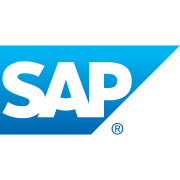
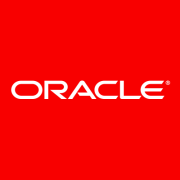




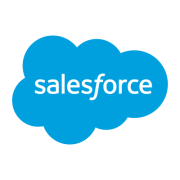
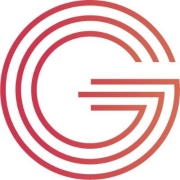
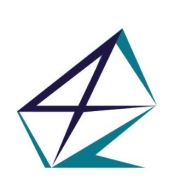
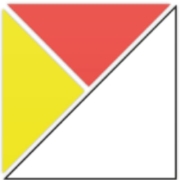
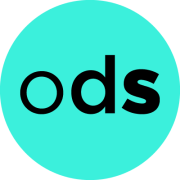


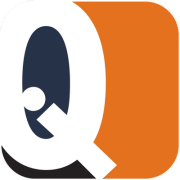


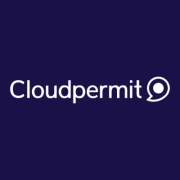
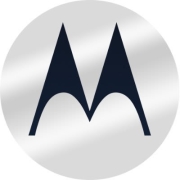








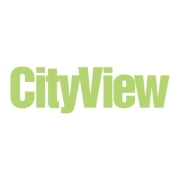




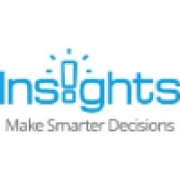
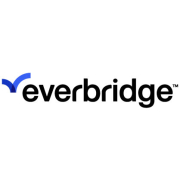
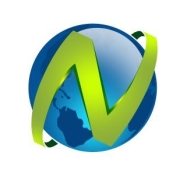
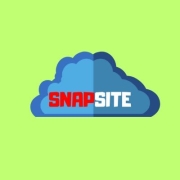
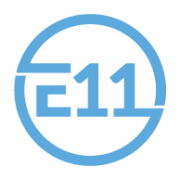
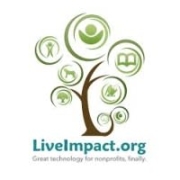






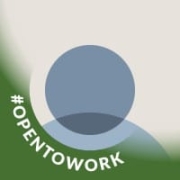
Several different types of Local Government CRM systems are available, each with unique features and functionalities.
Local Government CRM is a category of software designed to streamline and enhance the interactions between local government organizations and their constituents. It provides a centralized platform for managing and tracking various aspects of citizen engagement, service requests, and communication channels. Here is an overview of how Local Government CRM works:
1. Constituent Database: Local Government CRM maintains a comprehensive database of constituents, including their contact information, demographics, and interactions with the government. It allows for easy searching, sorting, and filtering of constituent records based on various criteria.
2. Service Request Management: Citizens can submit service requests through multiple channels, such as phone, email, or online forms. Local Government CRM captures and categorizes these requests, assigning unique identifiers for tracking purposes. It enables government officials to prioritize, assign, and monitor the progress of service requests, ensuring timely resolution.
3. Communication Management: Local Government CRM facilitates efficient communication with constituents through various channels, including email, SMS, and social media. It enables personalized and targeted messaging based on constituent profiles and preferences. Government officials can send notifications, updates, and alerts to keep citizens informed about important events, policies, or service disruptions.
4. Citizen Engagement: Local Government CRM provides tools for engaging citizens in community initiatives, surveys, and public consultations. It allows for collecting and analyzing feedback, opinions, and suggestions from constituents. Government officials can use this data to make informed decisions, improve services, and address community concerns.
5. Reporting and Analytics: Local Government CRM generates comprehensive reports and analytics on various aspects of citizen engagement, service delivery, and performance metrics. It provides insights into trends, patterns, and areas for improvement. These reports help government officials in strategic planning, resource allocation, and performance evaluation.
6. Integration and Collaboration: Local Government CRM can integrate with other systems, such as GIS (Geographic Information System) or financial management software, to enhance data sharing and streamline processes. It enables collaboration among government departments, allowing seamless coordination and information exchange.
Local Government CRM enables you to streamline communication and enhance citizen engagement by providing a centralized platform for managing interactions. It allows you to track requests, feedback, and complaints, providing a seamless experience for both citizens and government employees. This increased efficiency leads to improved satisfaction and trust among the community.
What features should you look for in a Local Government CRM?When selecting a Local Government CRM, prioritize features such as multi-channel communication, robust analytics, and a user-friendly interface. Look for capabilities like automated workflows, integration with existing systems, customization options, and security features. These functionalities help tailor the CRM to your specific government needs, improving overall service delivery and accountability.
Is data security a concern with Local Government CRM solutions?Data security is crucial when dealing with citizen information. Ensure that any Local Government CRM you consider employs strong encryption, access controls, and data compliance standards. Secure cloud storage and regular security audits are essential to protect sensitive data and maintain public trust.
How can Local Government CRM facilitate remote work among employees?Local Government CRM supports remote work by providing cloud-based access to essential tools and data. Employees can handle citizen requests, update records, and collaborate with colleagues from anywhere. This flexibility not only ensures continuity in service delivery but also boosts employee productivity and satisfaction.
How can Local Government CRM solutions enhance decision-making processes?By leveraging comprehensive data analysis and reporting capabilities, Local Government CRM empowers officials with insights into community needs and service performance. These insights inform strategic planning and decision-making, enabling you to allocate resources effectively and develop policies that align with citizen interests.